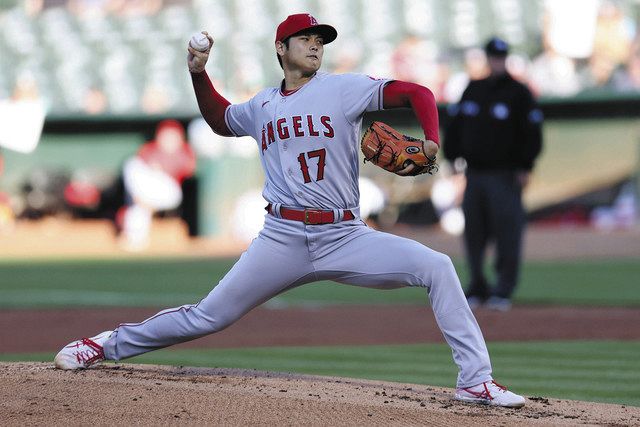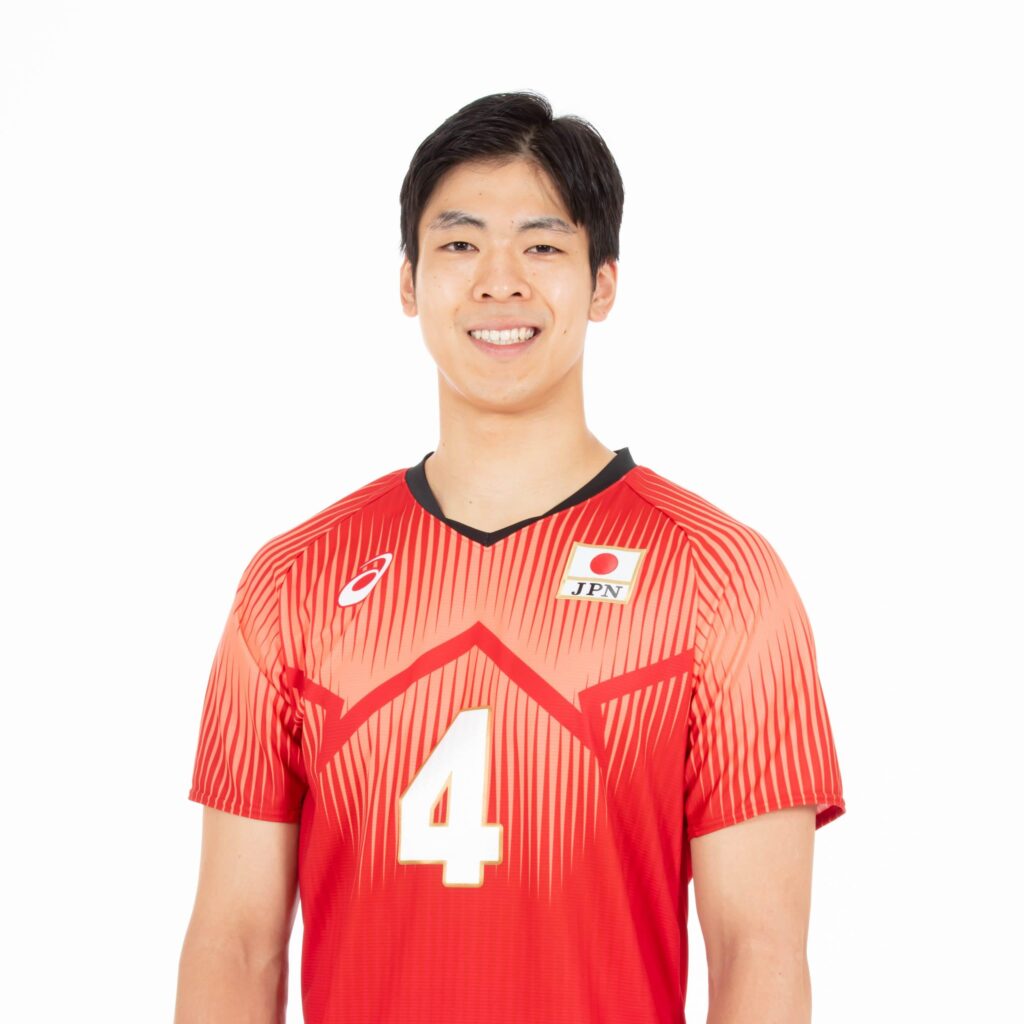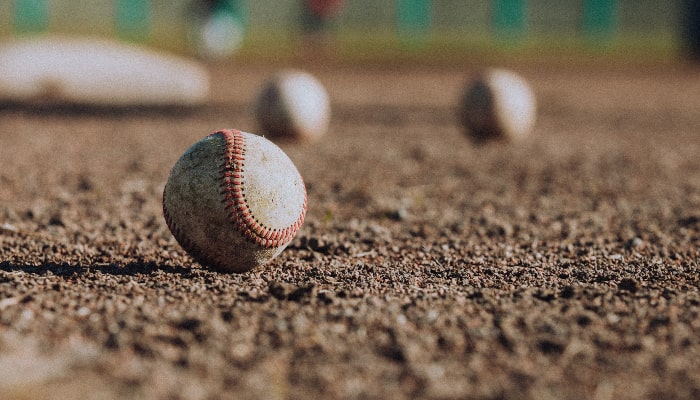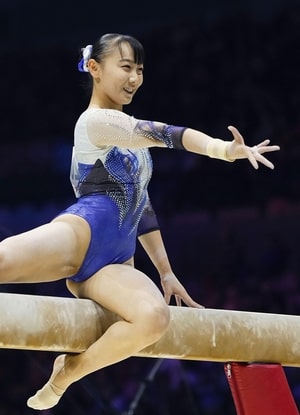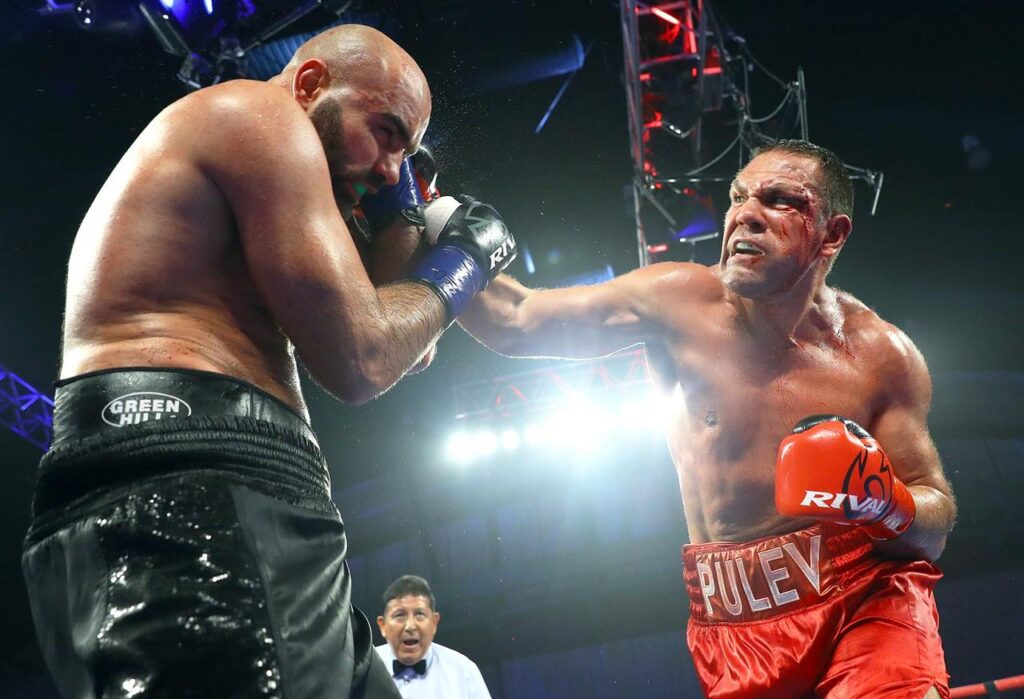
Boxing is a sport of skill and strategy, in which “hugging” plays an important role in tactical positioning and controlling the opponent’s movements.
Many boxers use this technique to sway the flow of the match in their favor and to provide a temporary rest when they are tired.
However, there is more to this technique than just hugging the other person, and there is a correct way to execute this technique, and it must be used effectively within the rules.
In this guide, we will explain in detail the basics of “hugging” in boxing, the range allowed by the rules, how to use it effectively, and training methods.
From beginners to experienced boxers, we provide knowledge and tips to help athletes of all levels master the “clinging” technique and further improve their boxing skills.
By learning this technique properly and incorporating it into your practice, you will be able to make a big difference in your performance in matches.
目次
- 1 Basics of “hugging” in boxing
- 2 Rules and etiquette for “hugging” techniques
- 3 Practical training: Improving “hugging” techniques
- 4 Analysis of professional boxers’ “hugging” tactics
- 5 Boxing tactics that go beyond “hugging”
Basics of “hugging” in boxing
A hug in boxing means more than just physical contact.
Used for strategic purposes, this technique is used to disrupt an opponent’s attack, buy time to recover from fatigue, or to reposition a tactically advantageous position.
However, hugging must be done in an appropriate manner so that it is not considered to be against the rules.
Correct timing for hugging
- Interrupting your opponent’s attacks : When your opponent launches a series of blows or powerful punches, you can interrupt their attacks by hugging them. A hug at this time provides an opportunity to minimize damage to yourself and reset the flow of the match.
- When you’re at your peak of fatigue : When you’re feeling drained and need a break, a hug can help you recover briefly and regain focus.
- Repositioning : When you find yourself in a disadvantageous position against your opponent, you can use a hug to close the distance and move into a more advantageous position.
Effective “hugging” positioning
- Upper body control : Effective hugging starts with controlling the other person’s arms. Try to cradle their striking arms to reduce your opponent’s attacking ability.
- Maintain balance : When hugging, it’s important to keep your feet firmly on the ground and maintain your balance. This reduces the risk of your opponent pushing you down and allows you to maintain control.
- Head position : By keeping your head close to your opponent’s shoulders or chest, you reduce your opponent’s chances of fighting back and protect your face and head. This also makes it easier to restrict your opponent’s movements.
In boxing, hugging is not just a defensive technique, but has value as a tactical tool.
Understanding these basics and performing hugs with the right timing and positioning is the key to success in a match.
Developing these skills under professional guidance is the path to mastering the art of effective “hugging.”

Rules and etiquette for “hugging” techniques
In boxing, “hugging” is sometimes used for tactical purposes, but this technique is highly regulated in terms of rules and etiquette.
In order to perform an effective and legal “hug”, it is essential to understand and abide by the rules of boxing and respect for your opponent.
Treatment of “hugging” in boxing rules
Under boxing competition rules, “hugging,” or clinching, can be considered a violation if used excessively.
The referee has the right to limit excessive hugging in order to keep the match fair and fluid.
Below are the basic rules related to “hugging” in boxing:
- No Excessive Clinching : If a fighter repeatedly clinches due to fatigue or escape rather than for tactical reasons, he or she may be subject to a warning or point deduction.
- Referee Instructions : If the referee instructs a fighter to break the clinch, the athlete must immediately comply with the instruction. Violation may result in penalties.
- Clean Break : When the referee calls for a “break,” fighters must immediately let go of their hands, take a step back, and prepare to fight.
Respect for others and “hugging” them
Boxing is a sport of respect and respect for your opponent should be reflected in your actions in the ring.
The following etiquette is also important when using “hugging”:
- Fair competitive spirit : When using hugs, make sure that they do not compromise the fairness of the competition. It is important that you do not intentionally delay a match or use it as a means to gain an unfair advantage.
- Consideration for safety : Avoid using unnecessary force on your opponent or clinching in a dangerous manner, and consider the safety of both parties first. Boxing is a place to test each other’s skill and courage, not to cheat or cause harm.
- Sportsmanship : A high level of sportsmanship is required in all actions during the match, including in the clinch. After a match, it is important to greet your opponent respectfully, even if the battle was intense.
The “hug” technique is an effective tactic in boxing, but it should be used within the framework of rules and etiquette.
Proper “hugging” practice comes not only from technical mastery, but also from respecting the spirit of boxing as a sport.

Practical training: Improving “hugging” techniques
Specific drills and exercises are very effective in improving “hugging” techniques during practical training.
“Hugging” is a technique used in sports and martial arts to get close to an opponent and gain control.
Below are some training methods, including practical applications.
training drills
1. Basic positioning
- Purpose: To develop correct posture and balance.
- How to do it: Start by facing your partner and gently hugging them. Stand with your feet shoulder-width apart and your knees slightly bent. Practice maintaining balance by applying light pressure to each other.
2. Movement practice
- Purpose: Increase ability to move while hugging.
- How to do it: Practice moving forward, backward, left and right while hugging. The goal is to be able to move smoothly while maintaining a sense of distance from the other person.
3. Response to resistance
- Objective: Control your opponent’s resistance and maintain your advantage.
- How to do it: A drill where you try to maintain a hug while your partner offers slight resistance. Practice how to read and respond to your opponent’s movements when they try to move from side to side.
exercise
1. Core training
- Purpose: Strengthening the core to increase control when hugging.
- How to do it: Incorporate core-strengthening exercises like planks, side planks, and Russian twists.
2. Lower body strength
- Purpose: To maintain stable balance when hugging.
- How to do it: Increase your lower body strength by doing squats, lunges, deadlifts, etc.
3. Increased flexibility
- Purpose: To increase range of motion and prevent injuries.
- How to do it: Practice yoga and stretching on a daily basis to increase your body’s flexibility.
Application of “hugging” tactics in actual combat
- Surprise the other person: It’s important to read the situation and hug the other person when they least expect it.
- Change in positioning: While hugging, try to keep your upper body low and maintain a favorable position relative to your opponent.
- Maintain control: After hugging, the key is to limit the other person’s movements and guide them in the direction you want.
By combining these drills and exercises, you can expect to improve your “hugging” technique and apply it effectively in actual combat.
Continuous practice and physical fitness are the keys to success.

Analysis of professional boxers’ “hugging” tactics
The “hugging” tactic in professional boxing is a very effective means of changing the flow of a match and disrupting the opponent’s rhythm.
Below, we will introduce examples of how “hugging” is used in famous matches, as well as tips on “hugging” techniques that you can learn from the pros.
Examples of the use of “hugging” in famous matches
1. Floyd Mayweather vs. Manny Pacquiao (2015)
In this fight, Mayweather actively used the “hugging” tactic. He controlled the pace of the fight, using a lot of clinch moves to block Pacquiao’s speed and power.
This effectively slowed down Pacquiao’s attacks and allowed Mayweather to fight at his preferred distance.
2. Wladimir Klitschko’s entire career
Klitschko was long a dominant force in the heavyweight division, but his style often relied on “hugging.”
He used the clinch to fend off his opponent’s attacks and maintain control in the center of the ring.
This tactic was particularly effective against power punchers and helped Klitschko control the rhythm of the match.
Secrets of “hugging” techniques taught by professionals
1. Timing
- Tip: “Hug” your opponent before or immediately after they start attacking. This allows you to interrupt or delay your opponent’s attack.
2. Positioning
- Tip: When “hugging” your opponent, place your head on the opponent’s shoulder or chest so that you are in a position where you are less likely to receive a counter.
3. How to use force
- Tip: Don’t use all your strength at once, only use the strength you need to control your opponent to minimize fatigue.
4. Release techniques
- Tip: Practice exiting the clinch so you can exit smoothly before the referee intervenes. This is important to avoid point deductions.
5. Spiritual aspect
- Tip: Hugging can also irritate the other person and make them go off plan. Harnessing this psychological pressure is also an important part of the “cuddle” tactic.
These techniques and strategies are for maximizing the use of “hugging” in boxing.
If executed correctly, “hugging” is not just a defensive move, but a strategic tool that can be used to manipulate your opponent and advance the match to your advantage.
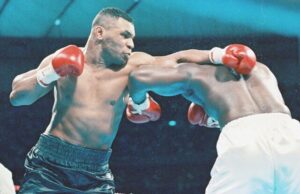
Boxing tactics that go beyond “hugging”
Not only can hugs provide a temporary reset and breathing opportunity in boxing, but they can also be used as part of a more comprehensive strategy.
We will discuss the development of attack combinations derived from this technique and the construction of defensive tactics.
Combinations connected by “hugging”
1. Counter from clinch
Take advantage of the fact that your opponent’s guard drops the moment you release the clinch, and unleash a swift jab or uppercut. Attacking at this moment is very effective, especially if your opponent is off balance when you release the clinch.
2. Body shot from hugging
When breaking the clinch, your opponent’s side of the body may be vulnerable. By delivering a powerful body shot at this timing, you can greatly reduce your opponent’s stamina and movement.
3. Full use of push and pull
By repeatedly hugging your opponent, you reduce their physical strength and create a certain rhythm. He freely manipulates that rhythm, and at the moment when his opponent becomes defensive in anticipation of a clinch, he distances himself and deploys a combination of punches.
Building a comprehensive defense strategy
1. Strengthen footwork
Good footwork is the basis of all defensive tactics, including hugging. Avoid your opponent’s attacks, take advantageous positions, and look for opportunities to attack.
2. Diversification of guards
It is important to change the guard depending on the situation, such as high guard, low guard, cross guard, etc. This makes it easier to read your opponent’s attack patterns and increases your chances of countering.
3. Reading the other person
Understand your opponent’s attack patterns and tendencies and use hugs and other defensive moves strategically. By anticipating your opponent’s powerful attacks and responding appropriately, you create opportunities for counterattacks and offensive moves.
4. Stamina management
Continuous movements and attacks require high stamina. When conducting a match, including defensive tactics, we will be conscious of stamina management and aim to move efficiently.
Tactics centered on “hugging” are not only a simple defense, but also an important element for freely controlling the flow of the game.
By making full use of these techniques and strategies, you will be able to develop more complex and sophisticated attacks and defenses in boxing.

